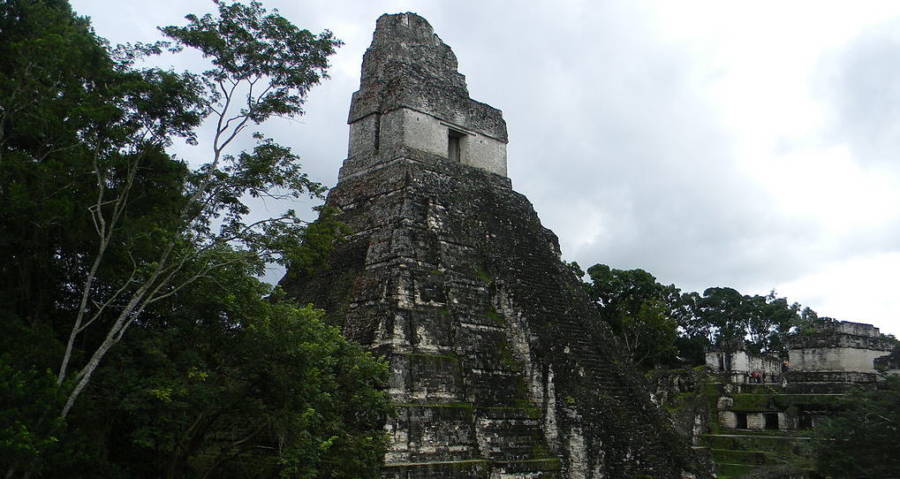Science News: Researchers Finally Uncover What Wiped Out The Mayans

Laslovarga/Wikimedia CommonsTikal, an ancient Mayan city that dates from 800 B.C. to 900 A.D.
Evidence trying to prove the many theories seeking to explain the collapse of the Mayan civilization had been inconclusive – until now.
But a fascinating report from August has finally given quantifiable evidence confirming the most widely-believed theory to explain how the Mayan civilization met its end: drought.
Located in what is now Guatemala, the Maya Empire was a cultural epicenter that excelled at agriculture, pottery, writing, and mathematics. They reached their peak of power in the sixth century A.D. But by 900 A.D., most of their great cities were abandoned.
Cambridge University’s Nicholas Evans examined oxygen and hydrogen isotopes in sediment from Lake Chichancanab, near the heart of the former Mayan civilization, to quantify the extent to which precipitation rates fell during the end of the Mayan civilization.
Evans found that annual rainfall levels declined 41 to 54 percent and that humidity dropped by two to seven percent in the area surrounding the lake for several long periods over roughly 400 years. These factors devastated the civilization’s agricultural production.
The Mayans must not have been able to build up food reserves enough to make up for the drop in agricultural production, eventually leading to their demise.
A previous study also showed that the Mayan’s deforestation could have contributed to the dry conditions, decreasing the moisture of the area and destabilizing the soil. Evans said that the drought could have also been caused by changes to the atmospheric circulation and a decline in tropical cyclone frequency.
University of Nevada at Las Vegas geosciences professor Matthew Lachinet said that this study offers insights into how humans can change the climate around them today.
“Humans are affecting climate,” Lachinet said. “We’re making it warmer and it’s projected to become drier in Central America. What we could end up with is double-whammy of drought. If you coincide drying from natural causes with drying from human causes, then it amplified the strength of that drought.”
A thought that remains eerily relevant across science news today.





